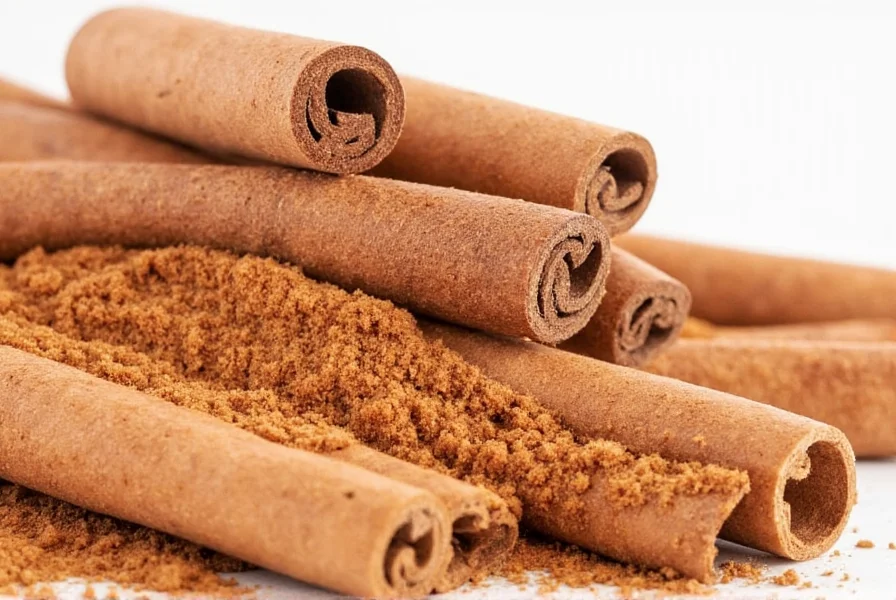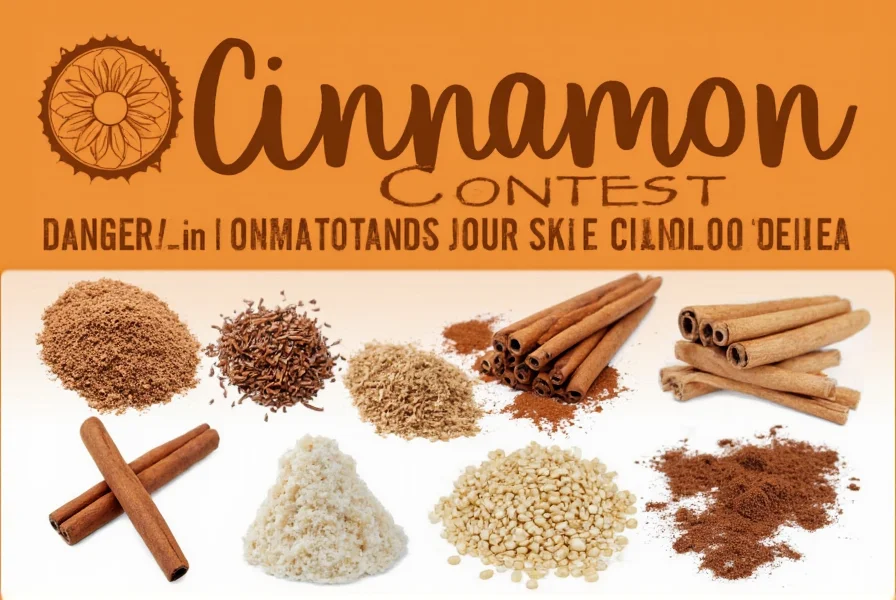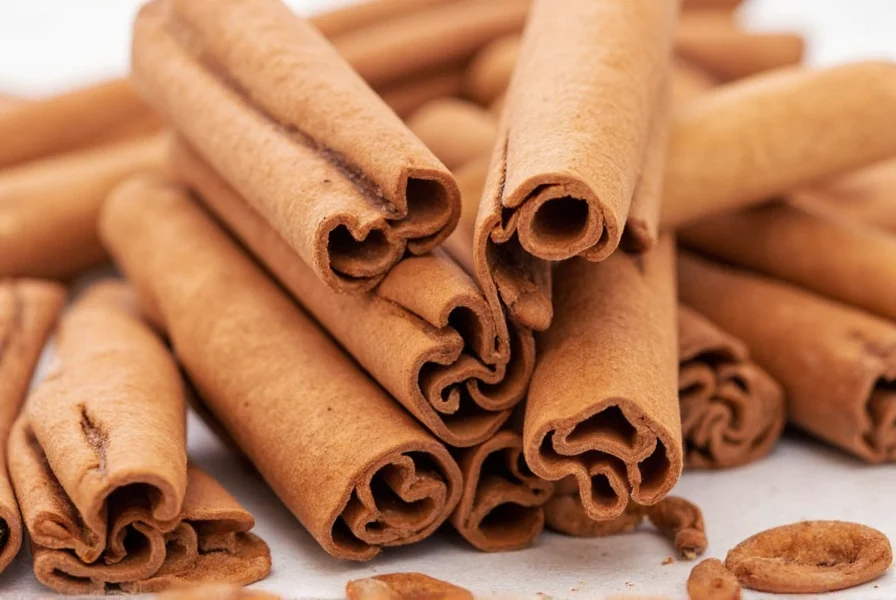For spice enthusiasts seeking safe culinary experiences, understanding the reality behind the cinnamon contest is crucial. This comprehensive guide explores the origins, dangers, and safer alternatives to this viral phenomenon that has sent numerous participants to emergency rooms worldwide.
What Exactly Is the Cinnamon Challenge?
The cinnamon contest emerged as an internet challenge around 2009-2010, gaining massive popularity through social media platforms. Participants attempt to consume one tablespoon of ground cinnamon within 60 seconds without drinking any water or other liquids. The challenge became particularly popular among teenagers and young adults, with countless video submissions appearing across YouTube and other platforms.
Despite its seemingly simple premise, the cinnamon contest presents significant physiological challenges. Cinnamon's dry, powdery texture and吸湿性 (hygroscopic nature) causes it to absorb moisture rapidly from the mouth and throat, making swallowing extremely difficult. Most participants end up coughing violently as their bodies attempt to expel the foreign substance.
| Year | Reported Cinnamon Challenge Incidents | Notable Medical Complications |
|---|---|---|
| 2010 | 50 | Minor respiratory irritation |
| 2012 | 222 | Multiple cases of aspiration pneumonia |
| 2015 | 189 | Documented cases of permanent lung damage |
| 2020 | 76 | Continued reports of emergency room visits |
Understanding the Serious Health Risks
When examining cinnamon contest dangers, medical research reveals multiple pathways for injury. The primary concern involves pulmonary aspiration—when cinnamon particles enter the lungs instead of the digestive tract. Unlike food that gets digested, these fine particles can cause significant inflammation and damage to delicate lung tissue.
Dr. Steven大夫, a pulmonologist at Massachusetts General Hospital, explains: "Cinnamon contains cellulose, which the human body cannot break down. When inhaled, these particles remain in the lungs, causing inflammation similar to what we see in occupational lung diseases. In severe cases, this can lead to permanent scarring of lung tissue."

Why the Cinnamon Challenge Is More Dangerous Than It Appears
Many participants underestimate cinnamon contest health risks because cinnamon is commonly viewed as a harmless kitchen spice. However, consuming it in its dry, powdered form without liquid creates unique dangers:
- Respiratory distress - Cinnamon particles can trigger violent coughing fits, choking, and in severe cases, complete airway obstruction
- Lung inflammation - Inhaled cinnamon causes chemical pneumonitis, an inflammation of lung tissue
- Aspiration pneumonia - Bacterial infection that develops when foreign material enters the lungs
- Long-term damage - Repeated exposure can lead to chronic lung conditions similar to "popcorn worker's lung"
The American Association of Poison Control Centers reported a 70% increase in cinnamon challenge-related calls during its peak popularity. Their data shows that approximately 30% of participants required medical attention, with 17% experiencing symptoms severe enough to warrant emergency room visits.
Official Medical Warnings About Cinnamon Challenges
Multiple health organizations have issued formal statements regarding the cinnamon contest:
"The Cinnamon Challenge poses a real and immediate danger to participants. We've treated patients with significant respiratory complications, including one teenager who required hospitalization for five days after developing acute bronchitis from attempting the challenge."
The Food and Drug Administration (FDA) has also weighed in, noting that while cinnamon is generally recognized as safe (GRAS) for consumption in normal food quantities, the concentrated dry form used in the challenge presents entirely different risk profiles.
Safe Alternatives for Cinnamon Enthusiasts
For those interested in cinnamon tasting without the dangers of the cinnamon contest, several safe alternatives exist:
- Cinnamon tea challenge - Brew cinnamon sticks in hot water and rate different varieties based on flavor complexity
- Baking competitions - Organize friendly contests for the best cinnamon rolls or apple pie
- Spice blending workshops - Learn to create custom spice mixes using cinnamon as one component
- Culinary education - Study the history and proper usage of cinnamon in different world cuisines

Professional chefs and food scientists recommend experiencing cinnamon's flavor through proper culinary techniques rather than dry consumption. When used appropriately in cooking and baking, cinnamon offers numerous potential health benefits without the risks associated with the cinnamon challenge.
Conclusion: Prioritizing Safety Over Viral Trends
The cinnamon contest represents a dangerous internet trend that continues to circulate despite clear medical warnings. Understanding what happens if you do the cinnamon challenge reveals serious health consequences that far outweigh any momentary social media fame.
For educators, parents, and healthcare providers, the key is providing accurate information about cinnamon challenge medical effects while offering engaging alternatives that satisfy the desire for culinary exploration. By choosing safe cinnamon tasting alternatives, enthusiasts can enjoy this versatile spice without risking their respiratory health.











 浙公网安备
33010002000092号
浙公网安备
33010002000092号 浙B2-20120091-4
浙B2-20120091-4